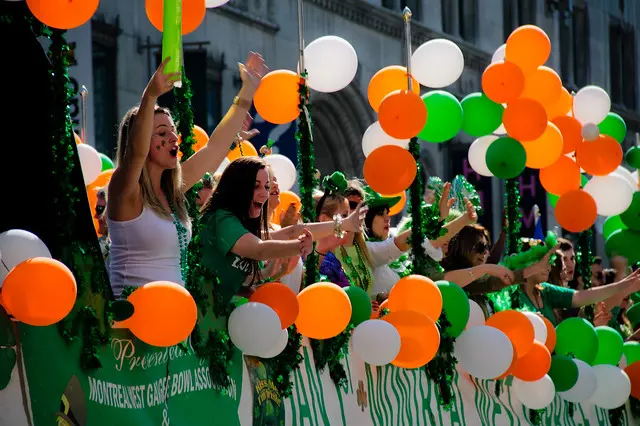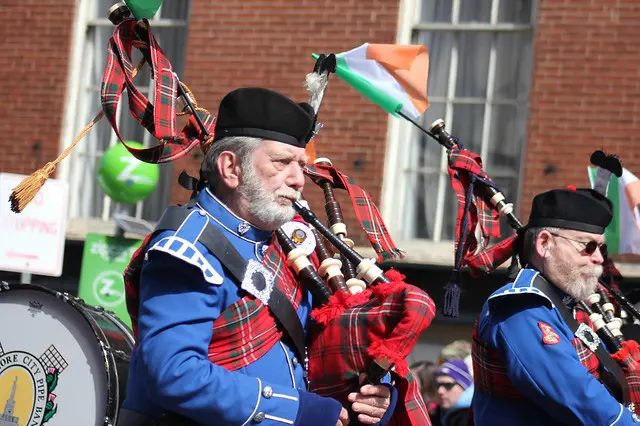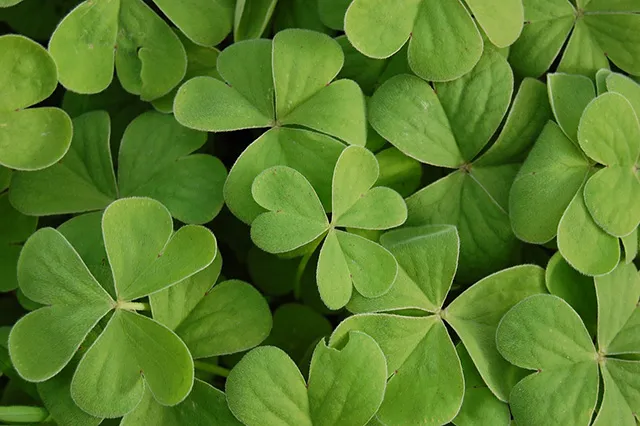What is Saint Patrick’s Day?
Find out the deeper meaning of the festival and meet Saint Patrick the missionary and bishop who is behind the myth.
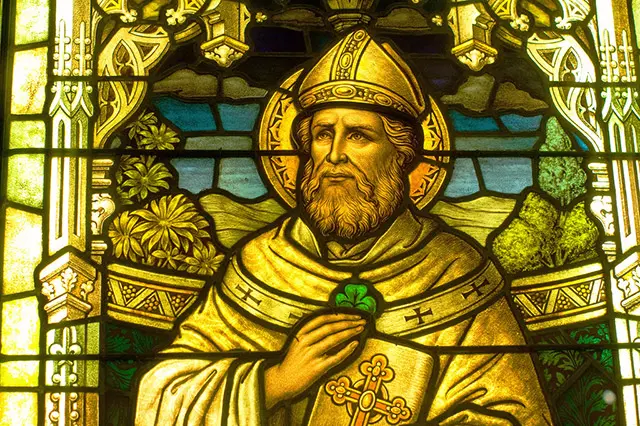
Saint Patrick’s Day is a religious, cultural and at the same time, a secular celebration held every year on the 17th of March. It marks the death day of Saint Patrick (AD 385-461) who is the patron saint of Ireland. Saint Patrick is honored as the person who introduced Christianity in Ireland and he is officially commemorated by the Catholic Church from the early 17th century. In 1903, Saint Patrick’s Day became an official bank holiday in Ireland, while nowadays it is the festival that celebrates the Irish culture and heritage to the greatest extent.
Other Names
- Lá Fhéile Pádraig (Irish)
- The Day of the Festival of Patrick
- Feast of Saint Patrick
Through the centuries, the festival was a time to abstain from work, worship and gather with family. The holiday is popular for its’ alcohol consumption traditions since historically, the Lenten restrictions on eating and alcohol-drinking were lifted for that day.
Modern celebrations involve public parades and feasts where people come together to drink, eat traditional Irish food, dress in green, and celebrate Irish heritage. The Irish diaspora is responsible for the worldwide-spreading of the celebration to such an extent that the contemporary Saint Patrick’s Day is probably the only national festival observed by people in such a significant number of different countries.

Saint Patrick - The man who made his name synonymous with Irish culture & heritage
Undoubtedly, St. Patrick, is one of the most well-known figures of Christianity at a worldwide level. Although he was never canonized by the Catholic Church, he is the patron saint of Ireland and he is considered as the missionary and bishop who brought Catholic beliefs and Christianized Ireland.
Be still and know that I am. Be still and know. Be still. Be.
The majority of details around his life comes from the “Confession of Saint Patrick” that is a text allegedly written by himself. Over the years many legends grew up around his name and there has been a great deal of exaggerated storytelling and mythologizing of St. Patrick in history.
Early years
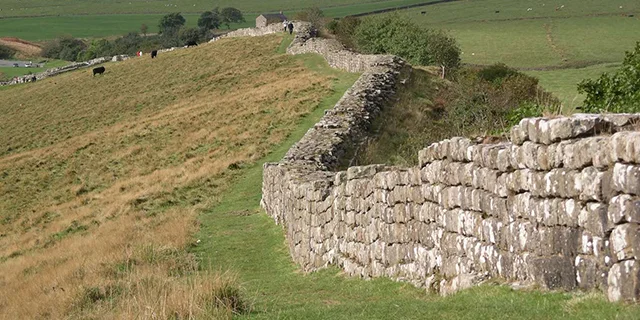
There are three locations claimed to be the birthplace of Saint Patrick. Those are Scotland, Wales, and Britain. Most probably, Patrick was born in AD 387 in Roman Britain just south of the Hadrian wall by a wealthy Romano-British family. His father was a deacon and his grandfather a priest in the Christian Church, Patrick, however, was not a believer during the first part of his life.
Kidnapping / Life in Ireland
According to the “Confession of Saint Patrick”, at the age of sixteen, Patrick was captured by a group of Irish pirates who attacked his family’s estate. They took him to Ireland and kept him in captivity for six years. During this period, he worked as a shepherd on the mountains, away from people. It was the time when he became a devout Christian and started dreaming of converting the Irish people to Christianity.
Escape from captivity
After six years in Ireland where he had the opportunity to learn the language, the customs and pagan rituals of the local religious leaders (druids), God appeared to Patrick in a dream. God’s “voice” informed him that a ship that was supposed to help him to escape was waiting for him at the port. After a long sailing route, and difficulties in the “wilderness” he eventually reached his home and family, while for the next fifteen years he would continue to study Christianity.
Return to Ireland / Convert the Irish
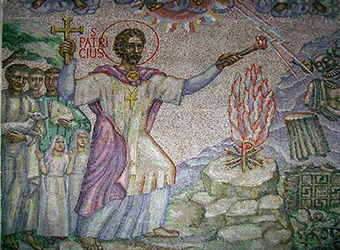
Patrick reports a second vision that occurred by the time he returned to Britain. He describes it as “the voice of the Irish” where people who have met in Ireland were begging him to return and “walk among them”. Thus, when he finished his studies in Christianity and became a priest, he returned to Ireland to talk to people about Christ.
Being familiar with the language, the existing pagan rites as well as with the Irish culture, Patrick attempted to incorporate Irish beliefs into his Christianity lessons instead of trying to eradicate them. For instance, the traditional bonfires which were honoring the God, the powerful symbol of the sun that led to the creation of the Celtic Cross, as well as the shamrock, the old druid symbol that Patrick used to describe God’s trinity, were only some examples incorporated to his efforts to Christianize the pagans.
Missionary result / Lifetime project
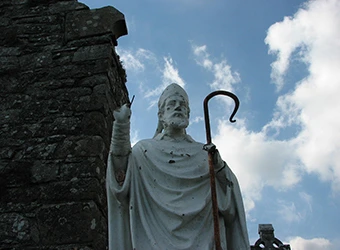
Within 30 years, Patrick traveled from town to town talking about Jesus, tearing down idols and temples as well as establishing the Catholic Church in Ireland. He founded schools and universities as well as he baptized, confirmed and obtained priests.
More specifically, including some royal family members, he converted 135.000 people, established 300 churches and consecrated 350 Bishops. He died at AD 461 and buried in Downpatrick, Northern Ireland. For over a millennium, the Irish are celebrating St. Patricks Day at the date of his death on the 17th of March.
